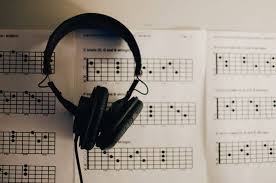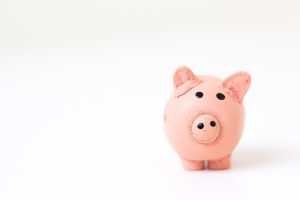What are Performance Royalties? Musicians: Explained
What are Performing Royalties, and how do they work?
Publishers and songwriters are paid performing royalties whenever a music composition is performed publicly or broadcast.
This applies to cases such as:
– Live performances
– Public broadcasts
Radio airplay
– Digital streams
Let’s now talk about how performing royalties get paid.
What are the payment terms for performing royalties?
Performing royalties are paid when a composition is broadcast live, streamed, or streamed.
But, how does it work in practice?
Performing Rights Organizations (PROs) collect performing royalties and pass this revenue onto music publishers, songwriters, and composers.
We will get into greater detail about Performing Right Organisations later on. But first, let’s look at the situations in which performing royalty is due.
Live performances
It is surprising to see how many artists don’t realize they can claim royalties for every performance they make life. This applies to all venues, from pubs and clubs to stadiums or festivals.
By registering live performances with your music publisher, PRO, you can collect the performing royalties. The rates for performing royalty vary depending on the venue. Larger venues will receive higher rates than smaller venues.
Radio Airplay
Radio airplay can be a powerful promotional tool and a potential income source. Performer royalties are earned whenever your music is played on the radio, whether terrestrial, internet or digital stations.
Radio stations are usually allowed to play any music they wish. The stations then report how many plays each track has received, and they pay to perform royalties to PROs via all-inclusive licence fees. Just like live performances and royalty rates that vary depending on the reach and size of the station,
Broadcasts for the Public
Public broadcasts count when your music is being broadcast to any private enterprise. This includes tracks played over the PA at your local bar or pub at your local supermarket, railway station, or jukebox.
Again, venues will have to pay all-inclusive licensing fees to PROs to allow them to play music within their premises. The PROs will distribute this money to publishers and songwriters as performing royalties.
Digital Streams
A performing royalty is created when a listener streams a song via a platform such as Spotify and Apple Music. Legally, streaming music can be considered a performance.
But digital streaming platforms can make it difficult to pay performing royalties. As is the norm, streaming platforms pay to perform royalties out to PROs. They then pass those royalties on to songwriters or publishers. To streamline the process, performing royalties are sometimes combined with mechanical royalty.
What are the royalties for performing artists?
Performing royalty payments are collected from licensees (e.g. radio stations, bars and venues) by Performing Rights Organizations such as PRS, BMI, and ASCAP before passing on to songwriters and publishers.
When PROs pay to perform royalties to the author for the use or composition of a song, they are usually split into two parts: the “writer share” and the “publisher share”. To claim the “writer portion” of performing royalties, most songwriters must join a PRO. Some publishers, such as Ditto Music Publishing, can collect the writer’s share of performing royalties from PROs like PRS on behalf of clients without paying time or money to join a PRO.
It might seem complicated and confusing. However, the flow of royalties for performing artists is generally the same. PROs receive fees from licensees and then pay royalties to publishers or songwriters.














Post Comment